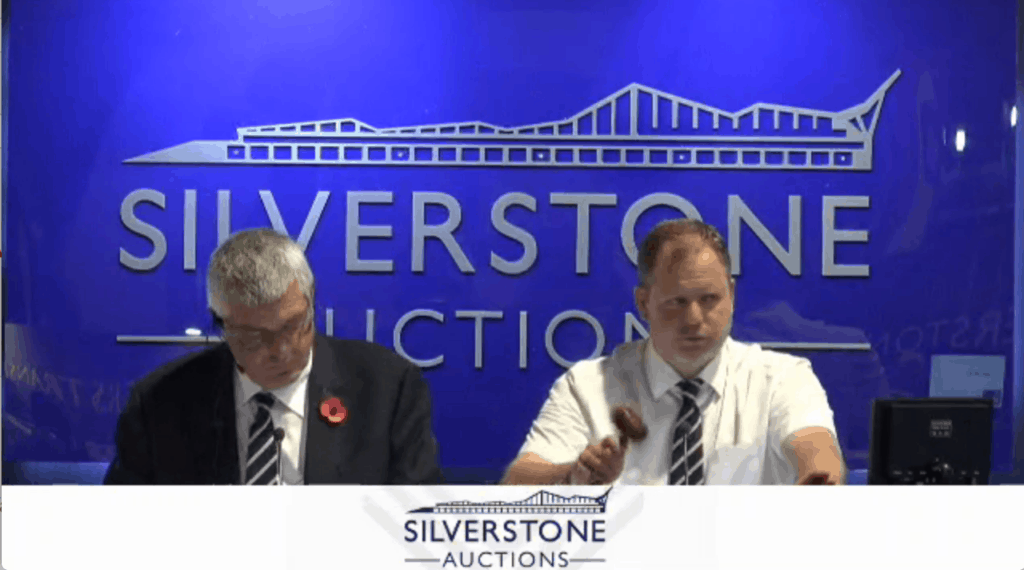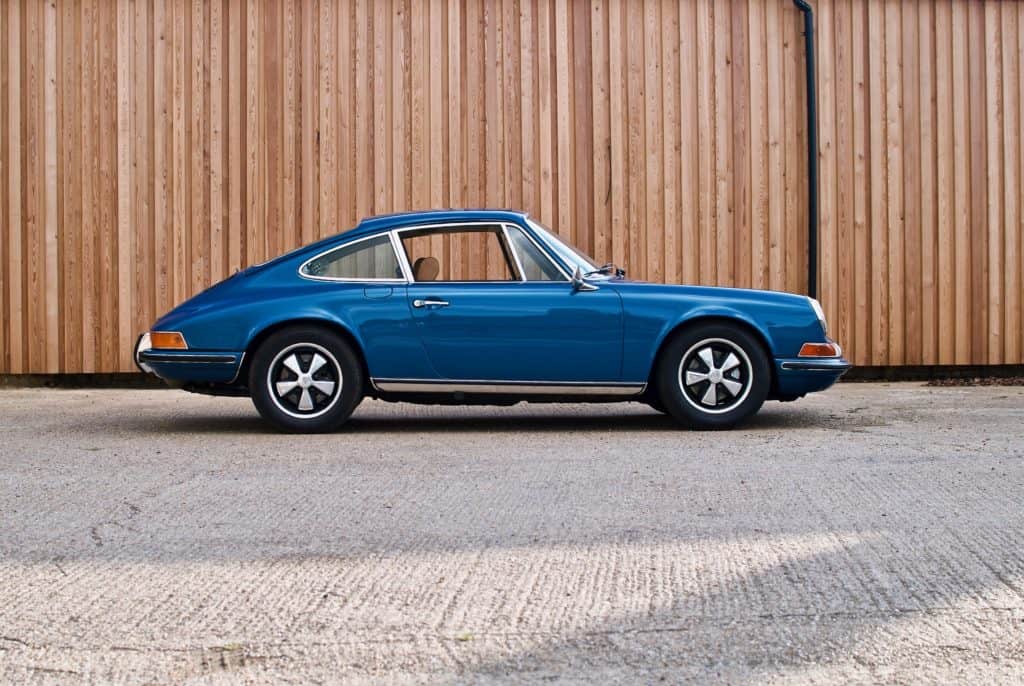A Beginners Guide to Selling your Classic Car at Auction (the car that you probably love).
Are you thinking of selling your classic car at auction? Is this your first time? Join the club. This guide will describe how I sold my car at auction for a price I was happy with and will hopefully help give you some insider tips to ensure you get a good price too.
In this post I will hopefully cover the process clearly and dispell any myths you may have heard as well unearth some pointers for your to learn from. I will cover exactly the process I went through to get my car to auction and how I got the price I wanted for it.
These are 10 Steps to selling your car at auction:
Step 1. Deciding to Sell
Step 2. Which Auction is Best
Step 3. Setting a Reserve Price
Step 4. Collating a Compelling History File
Step 5. Preparing Yourself and the Car for Auction
Step 6. Arranging Transport to the Auction
Step 7. Delivering the Car and its files and spares
Step 8. The Day of the Auction
Step 9. After the Auction, Receiving the Money and what it cost in Total.
Step 10. What to do Next.
As with most complex decisions in life deciding to actually go ahead and sell my car at an auction was a huge leap into the unknown for me. Not having ever been down this road before the feeling of vulnerability was overwhelming at times. To be honest I didn’t really even understand what a ‘Reserve’ price was – I learnt pretty quickly.
1. Deciding to sell.
There are clearly many reasons why anyone might want to sell a classic car at auction. Mine reasons were fairly cut and dry. The car had a good chunk of capital in it that I wanted to release to help grow my new company.
People who know me or follow this blog will know that my 1972 Porsche 911T meant quite a lot to me and my family, so it was by no means an easy decision to make.
You can see what other classic cars have sold for, at auction, here on the Glenmarch database
However, once I’d made the decision to sell, once the logic out weighed the emotional attachment, I had to get on with it as quickly as possible and therefore selling the car at an auction met my needs – a quick sale at a price I’d be happy with (or no sale at all).
2. Which Auction is Best.
Classic car auctions have always been popular. And we’re lucky to have some real heavy weight UK classic car auctions and events that every car enthusiast should get to at least once.
Choosing the right auction for you will be down to a number of factors. Value of your car, make and model of car, age of the car, time of the year and perhaps locality to you – although the latter should be less of an issue.
For me the annual Porsche Sale run by Silverstone Auctions was an obvious choice that made sense on many levels:
- I made the decision to sell in August, the auction was in October, so it met my need for speed.
- It was Porsche specific which meant a good niche audience.
- The typical values of cars matched my own.
- It’s usually held near to me geographically.
My car had been recently valued at around £80k, it was a Porsche, and typically the Porsche Auction was held close to me at Silverstone’s Wing complex.
3. Setting a Reserve Price
I was put in touch with the organisers via my friends at Export56 who had looked after me and my car for the previous 12 years.
The first thing you do is chat through your needs with the auctioneers. They’ll ask you about your car, it’s history, the work you ve done to it, it’s general condition.
They’ll likely ask you to send pictures and brief overview of everything you’ve told them. They’ll ask you what you want for the car money wise and discuss and reserve price with you.
Once you’ve sent them the details you’ll be sent an email back confirming everything you’ve discussed and they’ll give you their idea of the best reserve and an idea of what you could expect without being specific.
Tip: be very mindful of the reserve price. This is the price that you’re not happy for selling less than. And remember that the sellers commision will also come off this price, so set it higher to compensate for that fee.
4. Collating a Compelling History File
Once you’ve decided to sell your car at auction, and to get the very best price, part of your job is to put the best possible case forward to prove that value to prospective purchasers.
I cannot emphasise enough how important a well documented and clearly laid out history file is to converting prospects in to your way of thinking.
I spent the best part of a week pulling all the cars old invoices, mot certificates, tax discs, service history and maintenance records together, getting them in date order and in sequence.
I spent hours collating the digital and printed photographs – images of events I’d been to and photographic evidence of restoration work. Magazine articles and other related publications.
5. Preparing Yourself, and the Car, for Auction
This was unknown territory for me personally and actually quite an emotional rollercoaster. Preparing the car seemed far easier by comparison.
Similar to preparing your car for auction our Ultimate Guide to Preparing your Car for Long Term Storage is worth a read
I made the decision to organise the car to be professionally valeted by my trusted friend and colleague Graeme at GM Detailing. I spent somewhere in the order of £300 getting my car professionally cleaned inside and out in order for her to be presented in the best possible way on the day.
6. Arranging Transport to the Auction
The Auction house is likely to let you know in good time when your car will be needed at the auction venue. This will typically be a day or so before the date of the auction itself.
The thing to keep an eye on once you know when you need to get your carto the venue is of course the weather. You’ve spent all that time and money preparing your car, getting it in the best possible condition, why then would you put it on an open trailor in the pouring rain behind a 4×4?
You have a number of choices. Drive it there yourself, remembering to arrange a lift back. Trailor it there yourself. Or get it transported by a professional.
I was lucky with the weather so chose to take the car on an open trailer.
7. Delivering the Car and its files and spares
There is no real guide to what you should provide when selling your car at auction. There is no rule that you should provide any thing at all given the old rule ‘sold as seen’.
But they auction house will no doubt mention that a good amount of history and bills will provide some reassurance to the prospective buyer that the car isn’t in fact a money pit – I mean, not an unfathomable money pit anyway, we are talking classic cars here.
I provided past invoices, past mot’s and tax discs, magazine articles, images of the car at events, the original sales advert and so on.
I’d also found out who the original owners were previously too and included all that information. You can see the sort of information I provided by reading this post on the Blue Pearl here
It all got put in a cardboard box, with a list of what was included so that, in theory, if you could double check that got it all back if your car didn’t sell.
Bare in mind that when you hand this over, it is entirely possible, it’ll be the last time you see any of what you’ve included.
8. The Day of the Auction
On the day of the auction I was ok. My state of mind was “If she doesn’t sell, it wasn’t meant to be” and I’ll get to keep her.
Only she did sell, and I didn’t get to keep her.
When the time came, I was called on my mobile – I hadn’t said I was in the room – and the auctioneer talked me through the process and what to expect.
And when the time came I was called back and the auctioneer provided the running commentary.
He’d told me that if the reserve wasn’t met there may be a decision to be made about whether I wanted to let her go to the highest bidder below the reserve.
But thankfully that didn’t happen and once the car had passed the reserve, the auctioneer congratulated me and we said goodbye.
I went to the front of the room and watched as the bidding on teh car went on. The final price was…
The Blue Pearl Sells – Opens in a new window
9. After the Auction, Receiving the Money and what it cost in Total.
The hammer price in the room, what you receive and what the buyer paid are three completely different things.
Typically, the easiest way to describe the difference between what you receive and what the buyer pays, is split between the Taxman and the aution house.
The money came to my bank account in around five to seven days if I remember rightly – I will check that.
10. What to do Next.
I drove home with mixed feelings.
Happy on the one hand that the car had sold and for a reasonable sum over the reserve. And, sad for alomst exactly the same reason.
Oh well. The money will go to a good cause… I bought some kit for the storage business and after several months of searching, I bought another 911.
At auction…!


2 Comments
Leave A Comment